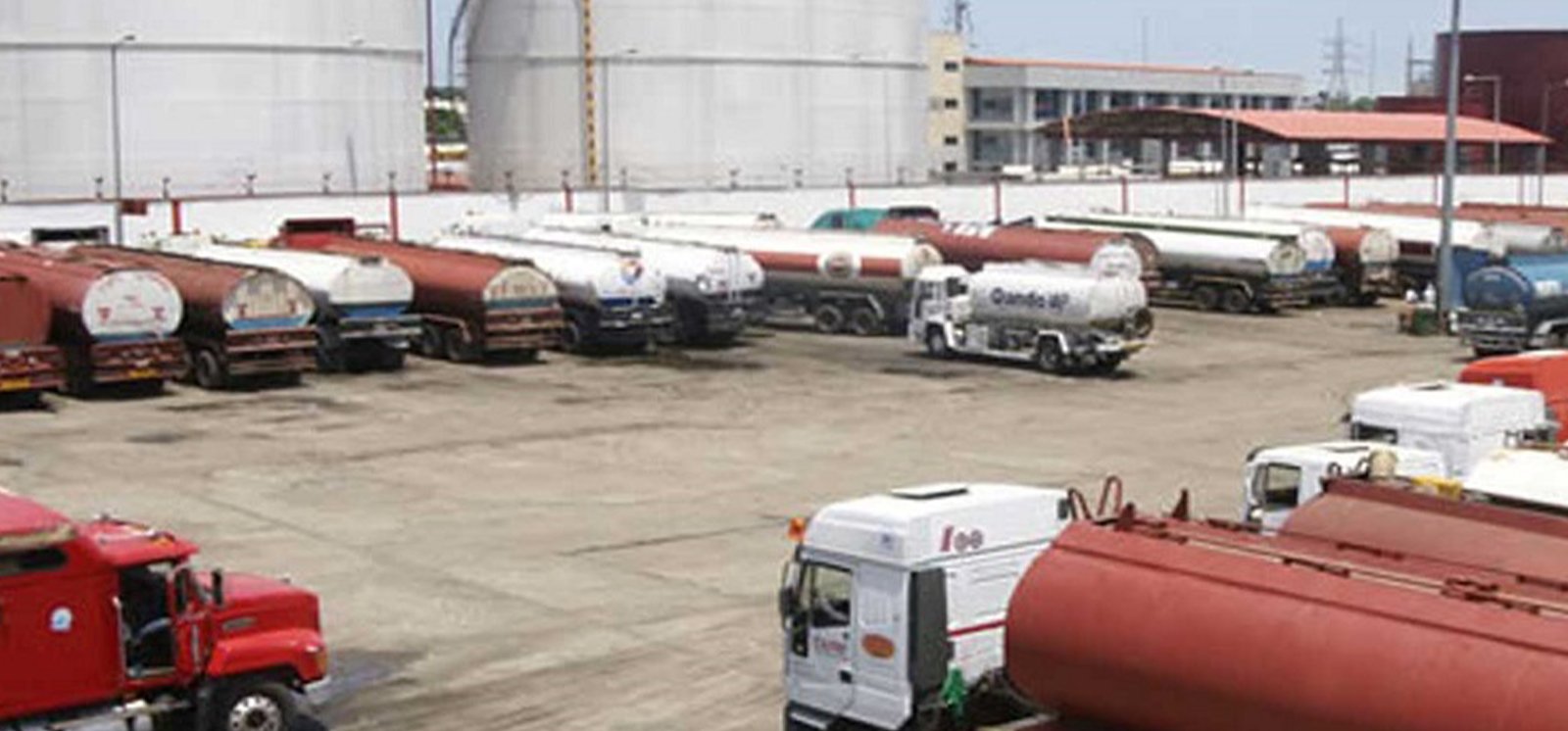

As Liberia seeks to strengthen its economy and meet the energy needs of its growing population,
the efficient distribution of oil and gas has become a critical component of its infrastructure.
The oil and gas distribution sector is vital not only for fueling transportation and industries
but also for ensuring energy security and economic growth.
Overview of Oil and Gas Distribution in Liberia
The oil and gas distribution network in Liberia is centered around importing, storing, and
transporting refined petroleum products like gasoline, diesel, and liquefied petroleum gas
(LPG). These products are primarily imported through the nation’s seaports and distributed
across the country via tankers, pipelines, and road networks.
Key players in this sector include private oil companies, government agencies, and independent
distributors. Together, they ensure that petroleum products reach consumers efficiently, despite
challenges posed by infrastructure limitations and fluctuating global oil prices.
Challenges in Oil and Gas Distribution
Infrastructure Limitations:
Liberia’s distribution network faces constraints due to underdeveloped road systems, limited
pipeline infrastructure, and aging storage facilities. This can lead to delays in transporting
oil and gas to remote areas.
High Transportation Costs:
The reliance on road tankers for distribution increases operational costs, which are often
passed on to consumers. This contributes to higher fuel prices.
Safety and Environmental Concerns:
The handling and transportation of petroleum products pose risks of spills, fires, and
environmental degradation. Adopting stringent safety measures is crucial to mitigating these
risks.
Supply Chain Disruptions:
Dependence on imported petroleum products makes Liberia vulnerable to global market fluctuations
and shipping delays, which can impact the availability of oil and gas domestically.
Opportunities for Growth
Despite these challenges, the oil and gas distribution sector offers significant opportunities
for Liberia’s development:
Infrastructure Development:
Investment in modern pipelines, additional storage facilities, and improved transportation
networks can enhance efficiency and reduce costs.
Local Refining Potential:
Establishing a domestic refinery could reduce reliance on imports and ensure a stable supply of
refined products, creating jobs and boosting the economy.
Public-Private Partnerships (PPPs):
Collaborations between the government and private investors can mobilize resources to modernize
the distribution network and expand access to energy across the country.
Sustainable Practices:
Introducing eco-friendly practices, such as using cleaner fuels and adopting spill-prevention
technologies, can minimize the environmental impact of oil and gas distribution.
Conclusion
Oil and gas distribution is a cornerstone of Liberia’s energy and economic landscape. By
addressing infrastructure challenges, embracing technology, and fostering collaborations,
Liberia can build a more robust and efficient distribution network. This will not only ensure
energy security but also fuel industrial growth, create jobs, and improve the quality of life
for Liberians.
© 2025 Gboni Oil & Gas. All Rights Reserved. Developed by GoDigital
Leave your comment